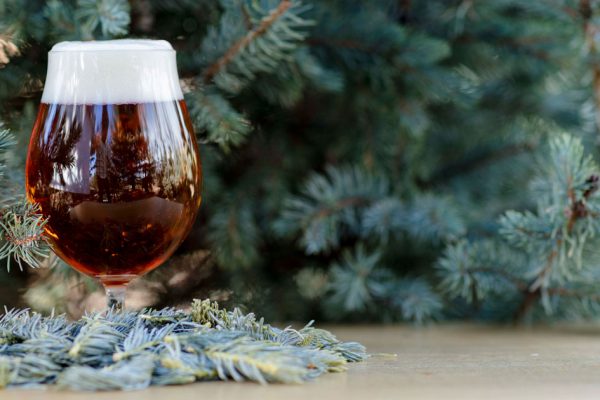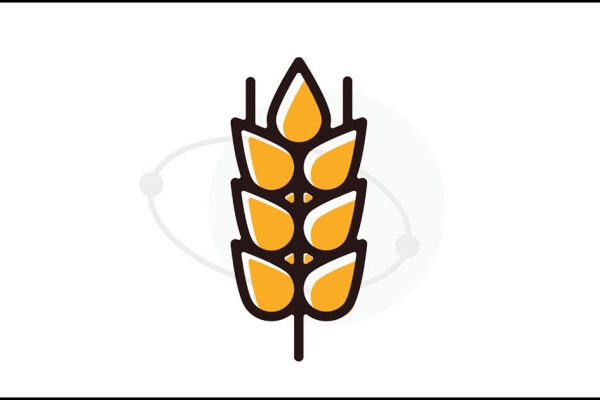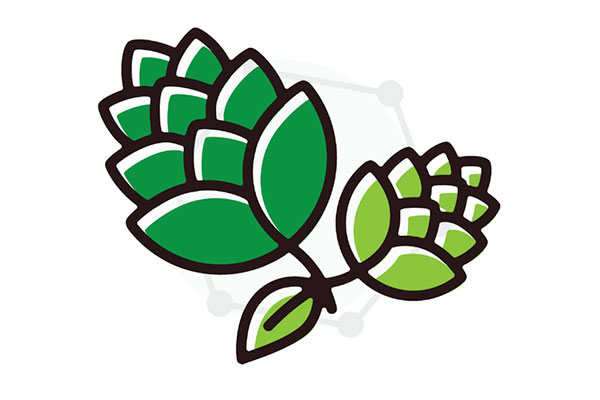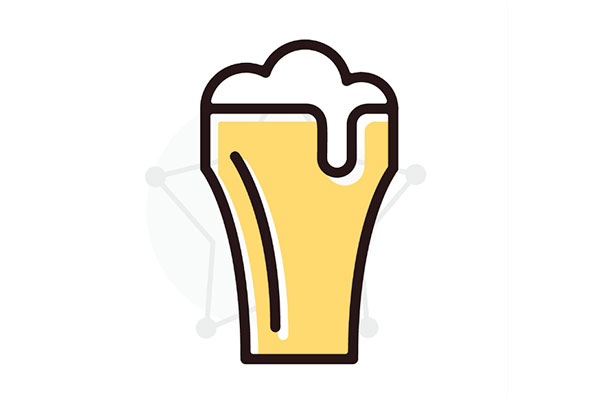
Spruced Up Homebrew
Here’s a tip for your next homebrew day: by the time you receive this copy of Zymurgy, a spruce tree near you might just be prime for picking.
Peruse pairings, learn how to make beer, cider, mead, kombucha, and other alternative fermentations, get DIY tutorials, and much more in our archives.

Here’s a tip for your next homebrew day: by the time you receive this copy of Zymurgy, a spruce tree near you might just be prime for picking.

Ready to take your homebrew club to the next level? Serving beer at a local even can earn you the cash you need to support the programs your members want.

In this Landmark study, a global team of researchers proved something about barley that homebrewers have suspected all along. Variety matters.

In the search for ever-better beer bitterness calculations, one homebrewer goes back to basics and devises a promising new approach. Advanced math optional.

Just how good are those off-the-shelf water analysis kits anyway? A team of researchers and homebrewers decided to find out. Learn what works and what doesn’t.

Homo sapiens didn’t really start to understand Saccharomyces cerevisiae until late in the 19th century, but our histories have been intertwined for a long, long time.

At the 2017 Great American Beer Festival, three AHA members got about as close to pro as you can without quitting your day job.

Sharpen your saws and dust off your drills. Zymurgy readers share the homemade homebrew tools that make for better brewing, cleaning, and serving.

AHA member Martin Bradley’s high-tech brewery is a labor-saving labor of love. Here, he shows us how he takes brewing automation to the next level.

Brewing beer used to be all about buckets and and carboys. Now countertop appliances make homebrewing as easy as pushing a button. We consider four of them here.
Share Post